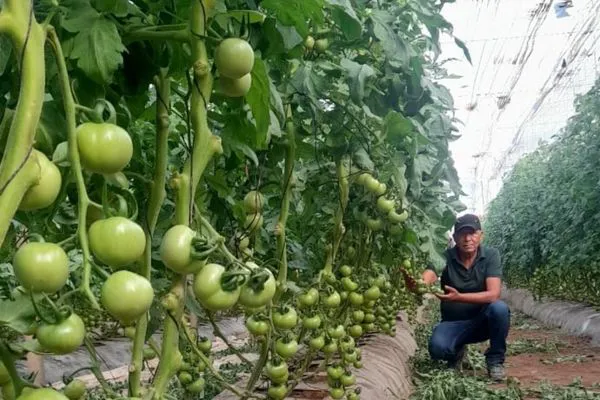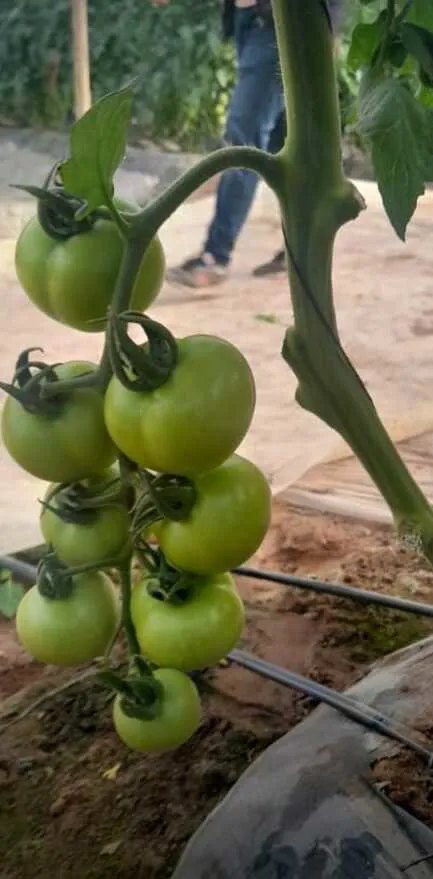The cold snap that Morocco experienced at the beginning of the year caused an acute decline in tomato production, leading to a more than 80% drop in daily volumes, according to the Moroccan Association of Producers and Exporters of Fruits and Vegetables. Minimal temperatures were too low, ranging from 1 to 6 degrees, which has put the plants under the state of vegetative zero and reduced production from 2000 to only 250-300 kg/ha/day.

Temperatures have improved, according to Mustapha Aouragh, a Moroccan agronomist specializing in tomato production: "Temperatures reached 13 to 18 degrees of thermal difference at night and 17-27 during the day, in the Souss Massa region, with a humidity level of 70%. These conditions mark the end of the winter, and it is now possible to save the tomato season in Morocco and significantly reduce the production gap compared to last year."
 "After a winter marked by severely low temperatures, growers have now to revitalize the soil and allow a second life to the tomato roots, and then balance the nutrition. Thermal shocks such as chergui are expected, but their effects can be reduced by strengthening greenhouses and controlling crop density and irrigation," adds Mustapha.
"After a winter marked by severely low temperatures, growers have now to revitalize the soil and allow a second life to the tomato roots, and then balance the nutrition. Thermal shocks such as chergui are expected, but their effects can be reduced by strengthening greenhouses and controlling crop density and irrigation," adds Mustapha.
The expert added: "Careful attention will also be needed to keep crops free of diseases, especially the ToBRFV virus, by implementing a quarantine system and reducing the number of people who can enter the farms to the minimum possible. Disease-related losses represent 5 to 10% of volumes."
The producer expects production to return to normal levels by mid-April, leaving exporters with 2-3 months of full capacity until the end of the tomato season, according to Mustapha: "Domestic demand for tomatoes remains very high at present in a context of insufficient volumes. The quotas limiting exports are expected to gradually decrease until the restrictions are completely lifted by the end of April."
For more information:
Mustapha Aouragh
Tel.: +212 661-938200
aouraghmustapha9@gmail.com
